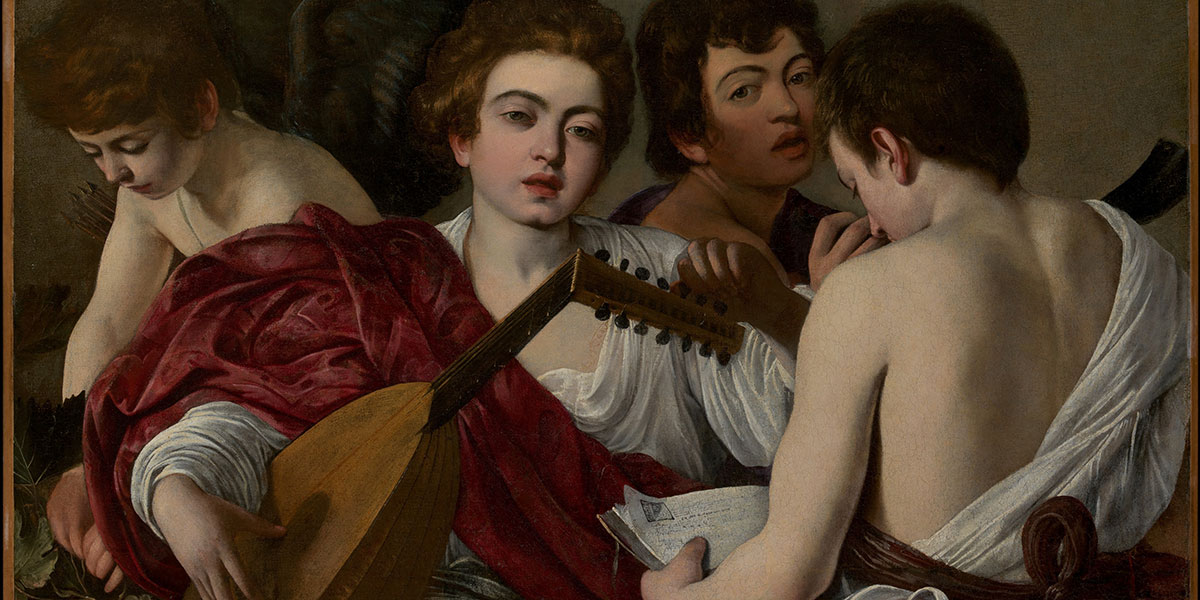‘You remain for me the dream-like face, the figure shaped for and dedicated to the Hellenic kind of pleasure — that’s how you remain for me and how my poetry speaks about you.’
So wrote Constantine Cavafy in The Photograph, from 1913, about a chance discovery of an erotic picture of a young man. Half a century later David Hockney embarked on a series of etchings, Illustrations for Fourteen Poems from C.P. Cavafy, inspired by the poet’s vivid, unapologetic evocation of homosexual desire. Hockney depicts these small, intimate scenes suffused with love, longing and loss with an economy of line echoing the clarity and directness of Cavafy’s verse. An Alexandrian Greek, Cavafy’s poetry gave voice to a history stretching from the Hellenistic period to the Greek diaspora of which he was a part — one that for 2,000 years had dominated the economic, intellectual and cultural life of the eastern Mediterranean.
The way societies negotiate the limits of tolerance and individual freedom, and the shifting boundaries of acceptability, continues to impact the lives and work of modern and contemporary artists and their subjects. Think of Jasper Johns, painting his Flag series while living, under threat of a jail sentence, with his male lover; or Andy Warhol, the great social observer and myth-maker of an America that rejected his queer identity. More recently, Nan Goldin powerfully conveyed the intimacies and tragedies of modern sexuality, while Zanele Muholi's chronicle of black lesbian, gay, bisexual, trans, queer and intersex lives offers an alternative narrative of contemporary South Africa. Hockney published his Cavafy series in 1967. It was the same year the UK Parliament passed the Sexual Offences Act, finally decriminalising homosexuality in England and Wales.

